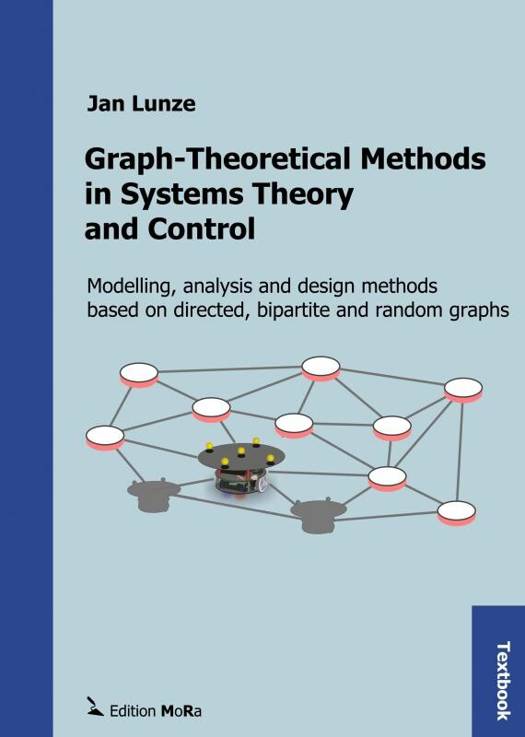
- Afhalen na 1 uur in een winkel met voorraad
- Gratis thuislevering in België vanaf € 30
- Ruim aanbod met 7 miljoen producten
- Afhalen na 1 uur in een winkel met voorraad
- Gratis thuislevering in België vanaf € 30
- Ruim aanbod met 7 miljoen producten
Zoeken
Graph-Theoretical Methods in Systems Theory and Control
Modelling, analysis and design methods based on directed graphs, bipartite graphs, and random graphs
Jan Lunze
Hardcover | Engels
€ 128,95
+ 257 punten
Omschrijving
Many dynamical phenomena seem to be very complex, but have a relatively simple structural cause, which can be discovered by graph-theoretical methods. This textbook describes for numerous scenarios how to use the structural properties of a system to simplify modelling, analysis or design tasks. The readers learn to extract structure graphs from diverse information and to solve problems of systems and control theory in a graph-theoretical way.
The book explains numerous graph-theoretical representations of dynamical systems: Block diagrams for the decomposition of systems; Signal-flow graphs for the analysis of interconnected linear systems; Bayesian networks for dealing with probabilistic information; Inference graphs for knowledge-based problem solving; Automaton graphs for discrete-event systems; Circuit graphs for modelling electrical networks; Structure graphs to represent generic properties of linear systems; Flow networks for the analysis of transportation systems; Communication graphs of networked control systems; Bipartite graphs for fault diagnosis; Random coupling graphs to use the small-world property.
With 114 examples, 118 exercises and MATLAB scripts.
The book explains numerous graph-theoretical representations of dynamical systems: Block diagrams for the decomposition of systems; Signal-flow graphs for the analysis of interconnected linear systems; Bayesian networks for dealing with probabilistic information; Inference graphs for knowledge-based problem solving; Automaton graphs for discrete-event systems; Circuit graphs for modelling electrical networks; Structure graphs to represent generic properties of linear systems; Flow networks for the analysis of transportation systems; Communication graphs of networked control systems; Bipartite graphs for fault diagnosis; Random coupling graphs to use the small-world property.
With 114 examples, 118 exercises and MATLAB scripts.
Alleen bij Standaard Boekhandel
+ 257 punten op je klantenkaart van Standaard Boekhandel
Beoordelingen
We publiceren alleen reviews die voldoen aan de voorwaarden voor reviews. Bekijk onze voorwaarden voor reviews.









